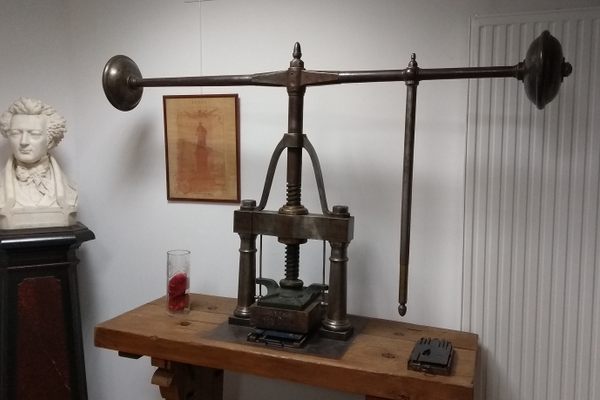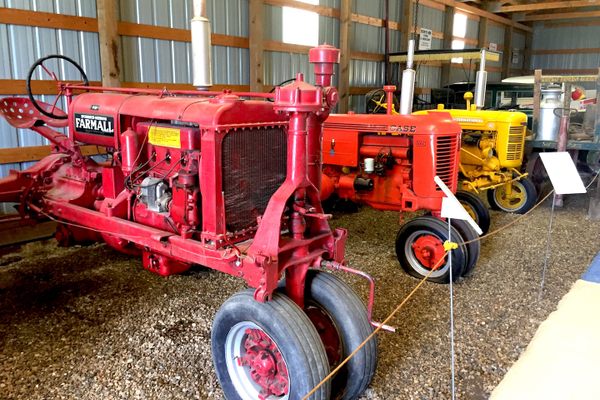About
There are plenty of museums in the Småland province of southern Sweden that show off the fine glass products that came out of the "Kingdom of Crystal," as this region became known. But the Bergdala Glastekniska Museum is unique within the glass capital of Sweden, because it also shows how the glass was made.
The modern history of Swedish glassmaking starts in the mid-1700s, a time when the industry's main products were handblown windows and tableware for the noblesse. This changed in the 1830s with the introduction of manual machines that made it easier to mass-produce tableware for the growing working class.
This in turn made the bourgeoisie in the cities envious, and they demanded more elegant tableware. The glass industry responded to this new market by developing even more sophisticated machines, such as manual glass presses, and guilloché machines and pantographs used for etching intricate patterns in the glass. These machines were all manually operated; fully automatic machines would not be introduced until the 1940s.
The Bergdala Glastekniska Museum displays a unique collection of the antique machines that enabled the thriving Swedish glass industry, and visitors are welcome to try them out. You will not fully appreciate a piece of pressed glass until you have tried your muscles on a press mold from the late 1800s.
Related Tags
Know Before You Go
When you visit the "Kingdom of Crystal" you will want to get a close-up look at the process of manual glass-blowing. At the bigger glassworks like Kosta you will not be able to do, but you can at Bergdala glassworks, which is smaller, and open to visitors. The hands-on glass museum is located just behind the factory. It is visited by appointment only outside of the summer months. There is no public transport but you can reach it by car at the map coordinates above.
Published
September 13, 2018


































